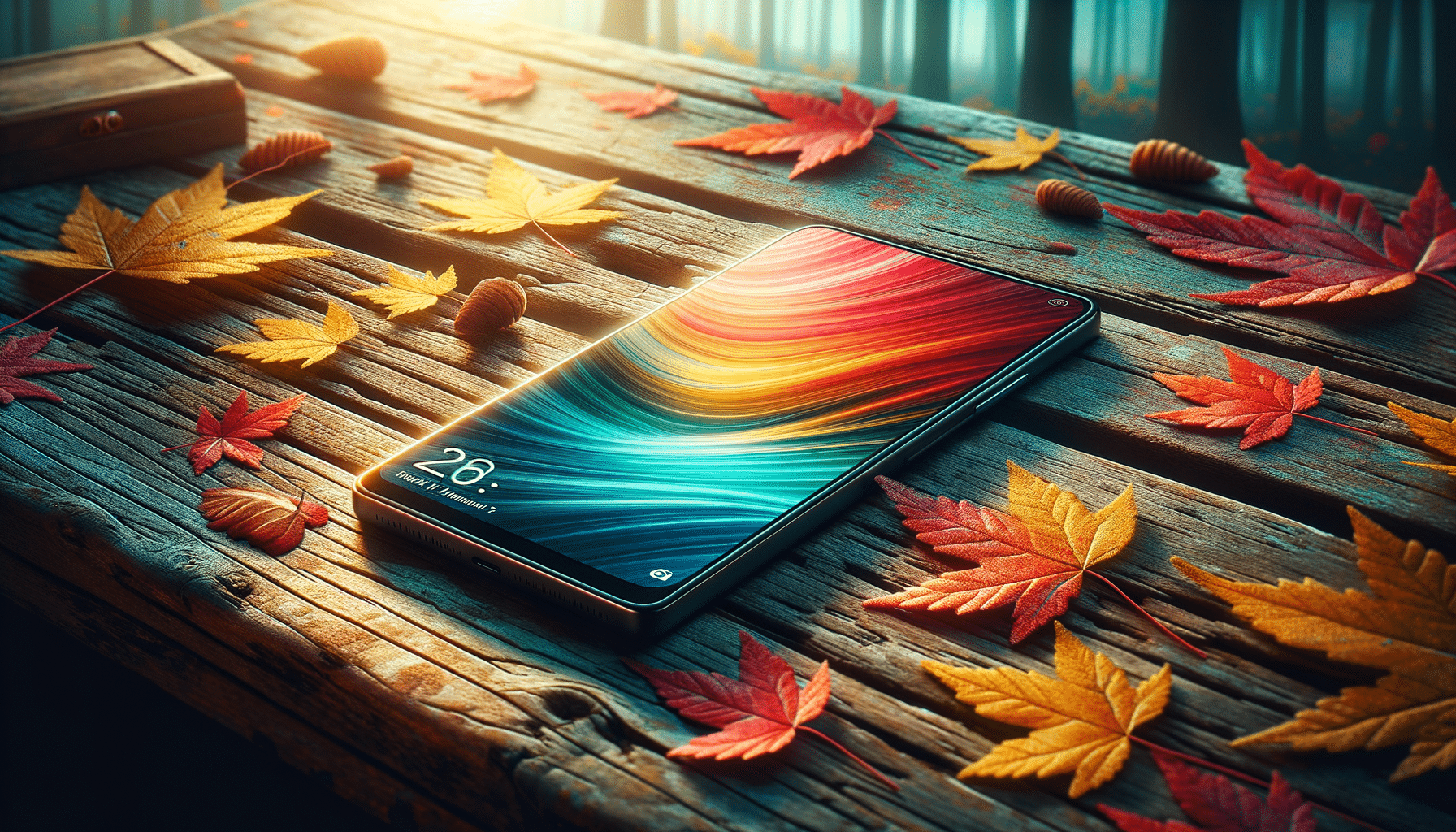
Bio-fabrics: The Future of Environmentally Friendly Textiles
Imagine a world where your wardrobe contributes positively to the planet. This isn’t just a dream; bio-fabrics are making it a reality. As the fashion industry grapples with sustainability, bio-fabrics emerge as a revolutionary solution, offering a path towards environmentally friendly textiles.
As the demand for sustainable fashion grows, bio-fabrics are stepping into the spotlight. These innovative materials, derived from natural organisms like algae, fungi, and bacteria, offer a promising alternative to traditional textiles. According to a study by the Ellen MacArthur Foundation, the fashion industry is responsible for 10% of global carbon emissions, and bio-fabrics present a viable way to reduce this impact.
What Are Bio-Fabrics?
Bio-fabrics are textiles created using bio-based processes. Unlike conventional fabrics that rely on resource-intensive production, bio-fabrics are made from renewable resources. For instance, bio-fabrication can involve growing fibers from fungal mycelium, which requires less water and energy compared to cotton.
Expert Insight
According to Dr. Anika Wilson, a leading researcher in textile innovations, “Bio-fabrics represent a significant shift in how we think about clothing production. They offer not only environmental benefits but also new possibilities in fabric design.”
Benefits of Bio-Fabrics
- Environmental Impact: Bio-fabrics can significantly reduce water usage and pollution associated with traditional textile manufacturing.
- Biodegradability: These fabrics are often biodegradable, meaning they won’t contribute to landfill waste at the end of their lifecycle.
- Innovative Design: Bio-fabrics allow designers to experiment with new textures and properties not possible with synthetic fabrics.
Challenges and Opportunities
While bio-fabrics hold much promise, they are not without challenges. The cost of production and scalability issues remain significant hurdles. However, ongoing research and investment in this field are paving the way for wider adoption. Companies like Bolt Threads and MycoWorks are already making strides in developing commercially viable bio-fabrics.
| Fabric Type | Source Material | Environmental Benefits | Notable Uses |
|---|---|---|---|
| Mycelium Leather | Fungi | Biodegradable, low resource use | Footwear, accessories |
| Algae Fabric | Algae | Carbon sequestration, renewable | Clothing, home textiles |
| Bacterial Cellulose | Bacteria | Biodegradable, custom shapes | Fashion, medical textiles |
| Pineapple Fiber | Pineapple leaves | Uses agricultural waste | Accessories, apparel |
| Hemp | Hemp plant | Low water usage | Clothing, ropes |
| Cork Fabric | Cork oak trees | Renewable, vegan | Bags, wallets |
| Spider Silk | Genetically engineered yeast | Biodegradable, strong | High-performance wear |
| Orange Fiber | Orange peels | Uses citrus waste | Luxury fashion |
How to Support the Bio-Fabric Movement
Supporting the shift towards bio-fabrics can be as simple as being mindful of your purchasing choices. Look for brands that prioritize sustainability and innovate with bio-fabrics. Additionally, advocating for policies that support sustainable textile production can drive industry-wide change.
Consider joining or supporting fashion initiatives focused on sustainability to stay informed and contribute to the movement.
Frequently Asked Questions
What are bio-fabrics made from?
Bio-fabrics are made from renewable biological resources such as algae, fungi, and plant fibers.
Are bio-fabrics expensive?
Currently, bio-fabrics can be more expensive due to production costs, but prices are expected to decrease as technology advances.
Can bio-fabrics replace all traditional textiles?
While bio-fabrics offer many benefits, they may not replace all textiles but can complement and reduce reliance on less sustainable options.
Conclusion
Bio-fabrics are paving the way for a more sustainable fashion industry. By understanding their potential and supporting their growth, we can contribute to a future where fashion is both stylish and environmentally responsible. As consumers become more eco-conscious, bio-fabrics are poised to become a staple in sustainable wardrobes.


